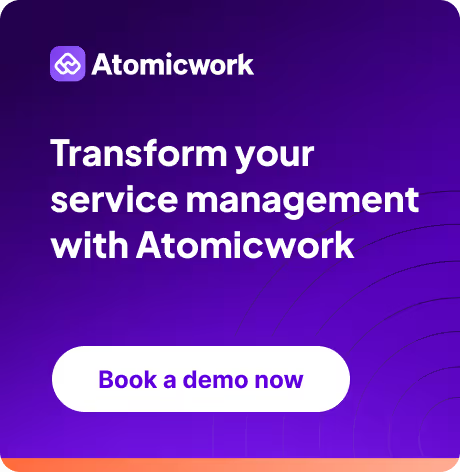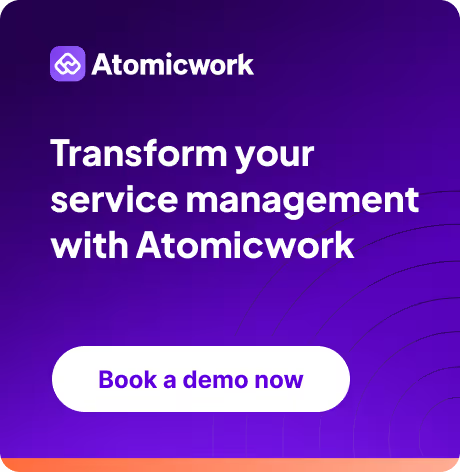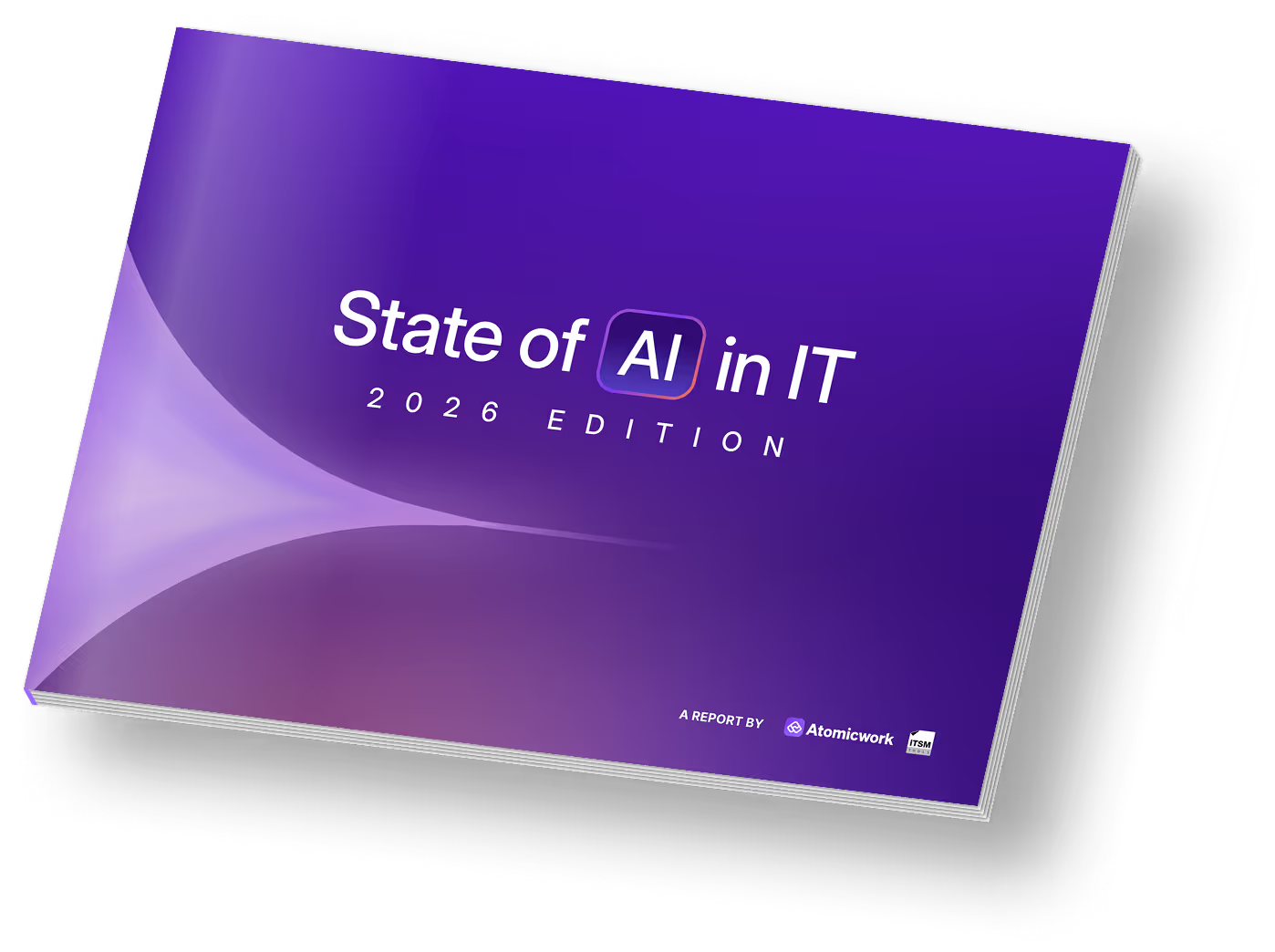How a digital learning expert built an employee onboarding journey on Notion

Simona Dimitrova is the Head of Education at Pennylane, a full-stack financial management platform connecting all financial data for business owners and their CPAs. She has 10+ years of work experience in project management, digital learning, and customer experience. Her current role involves leading a team of seven talents and helping clients and partners use Pennylane to be more productive and achieve their business goals.
This author found Simona through her Notion templates. As a side hustle, Simona creates Notion templates to help teams build training programs, have effective 1:1s, document their processes, onboard new team members, and so on. With a background in digital learning, it should come as no surprise that Simona cares deeply about employee onboarding and how we can develop ourselves. This interview, in the spirit of our shared love for Notion, happened entirely over Notion.
What inspired you to create employee-focused Notion templates?
I started building Notion templates at work to structure our projects and content management, and later, as a manager for 1:1s, performance reviews, etc. At some point, I started searching for a specific template for skills development and noticed that there is a huge gap in the market to support managers.
Often, management training and tooling are expensive, and small companies overlook this investment. With that in mind, I put some of my existing templates (the onboarding template is a great example) on Notion (and Gumroad) and built some more to answer the daily tasks of managers.
Tell us about your own onboarding process.
How do you tailor employee onboarding for your Education team?
I am a manager with experience in the field who is passionate about people development and building a high-performing team. Onboarding is a fundamental element of this.
The current version of the onboarding process is a mix of: the learning theory that I acquired in the first years of my career, the flexibility of startups that I experienced in the last five years, and several iterations after 6-7 onboarding exercises with team members.
What’s most important for our Education team is the autonomy in the technical skills and the deep understanding of the users. I built the onboarding phase, thinking about the skills that need to be tested to validate the future success of the employee in the team and the company. For example, I would ask them to propose their own roadmap for the future 3-6 months, to build an extensive network in the company, and to pitch what our product does in the first month.
What makes for a good employee onboarding process?
-
Limit your first-day objectives. The perfect first day is easy (while, unfortunately, often overlooked). It involves a warm welcome from the team (physical welcome, if possible), clear communication of expectations, an introduction to key colleagues, a tour of the office/workspace, and access to necessary resources and tools.
The goal for someone’s first day is to make them feel comfortable, and like they’re in the right place. It is not to bombard them with information. Nothing more than the logistics, the vision of the company, and the expectations. Everything else can wait for the 30-60-90 days that follow.
-
Get the manager to participate. A common mistake is neglecting the manager's role in onboarding, leaving it entirely to HR, or expecting new hires to navigate the company on their own. Managers should actively participate in the onboarding process, preparing customized plans, setting objectives, and being available to support, challenge, and connect.
Before someone joins, I prepare a customized onboarding plan for each new hire, including key contacts and objectives for the first 30, 60, and 90 days. Depending on their seniority and autonomy expectations, I go into more or less detail.
For example, we set the following objectives for a Program Manager with two specific projects and space for autonomy to define what comes next. It was important to be specific in the beginning and to show that my expectation is for her to define the needs of our clients and prepare the roadmap for the following months.

-
Connect it to a project. It’s absolutely crucial that the objectives don’t stop at just learning but also include a project to be delivered within the first 45 days. Don't be afraid to get the new employee out in the open and let them face the real work - allow for mistakes in the beginning but be close by to prevent them from drowning. :)
Another common mistake is making the theoretical onboarding period too long - a brain can remember only so much. Put a project in their hands and get them to meet clients.

-
Learning can be collaborative. To get them there, we include shadowing sessions, assign a buddy and prioritize essential learning that directly impacts the new hire’s ability to perform in their role. I also like to give new hires a head start in networking by providing a list of key colleagues to chat with.
Collaborative learning approaches, like peer-to-peer coaching or cross-functional shadowing, can be cost-effective ways to quickly get up to speed. This is especially true for startups. I’d also recommend that startups make sure that the job description is still relevant when the employee joins. If you are based in Europe, there will be 3-4 months between the moment you made an offer and the arrival of your new joiner.
A lot can happen in three months. Your first responsibility: double-check that everything you explained and expected still makes sense for the business and your users.
- Plan ahead. So, my advice is to plan ahead. Start a month before your employee arrives. Do it in small steps and your brain will do a magnificent job in improving the onboarding plan every week. When it comes to infusing the company's culture code and values, this can be achieved by setting onboarding objectives aligned with the company's vision and providing examples of how the company's values translate into day-to-day work.
How to ensure the content they create is consumed?
What are some must-dos? What should be absolutely avoided?
- Make it relevant. if your employee is motivated and wants to succeed, even if you give them a 2-hour recording of a meeting, they will actually consume it. Then again, be nice and don't give anyone a 2-hour recording of a meeting. :)
- Highlight the important pieces/parts of webinars or long content. The format is less important than the message behind it. If you only have an audio recording or some important emails to read - that’s fine as long as they give real insight and knowledge.
- Encourage interaction and discussions around the content, after the new joiner had “consumed” the content at their speed.
- You can always gamify it but a simple printed diploma is more than enough so no need to trouble yourself with too many tools
- Use learning principles like Knowles’ 6 principles or Blooms’ taxonomy (designed to encourage higher-order thinking by building up from lower-level cognitive skills) to design your content and encourage critical thinking.

What would you recommend teams do to ensure everything gets documented and is accessible?
Notion. :D Joking! Any tool could help in that aspect as long as there is a good system behind it. Make sure the knowledge base is built in a similar manner across departments, that there are rules and guidelines to keep it up to date, and that everyone sees the interest in doing it.
For example, in my team, we “forbid” any private page. I literally frown when I see a private page, and little by little, the habit was built to write everything in our shared Project docs. When the project is done - the summary is added to the “Knowledge” area of the team. Don't shy away from regularly reminding the team to update existing documentation. Make it easy to search and retrieve.
How do you onboard and train employees to use horizontal tools and access information sources?
I adjust their knowledge of tools and their habits on the go. For example, my team had different setups for Slack - some of us stacked conversations, muted channels, and didn’t allow any notifications. Others were interrupted by every notification coming out of Slack.
To recognize that we all have different approaches and each approach can work, we had a discussion during one of our team meetings to talk about best practices. Finally, everyone switched off notifications and focus was restored.
How would you recommend companies think about offboarding, onboarding’s companion?
Honestly, don't let them leave before they have left detailed documentation about what they have worked on, where each important file is, and what advice they would give their future employees.
Recommended resources to build an employee onboarding program?
Drive by Daniel Pink - it’s not about employee onboarding but understanding what makes us move, and what motivates us, and it can show you the ingredients to put in your onboarding mix.
Last question, if you weren’t in this line of work, what career would you want to pursue?
Lovely question - I am actually quite happy where I am. If I had to imagine something else - that would be around engineering, maybe in manufacturing. I love building, creating, and innovating. It could be fun to see the physical products of one's work, which is not the case in a digital job.
You may also like...


.avif)































